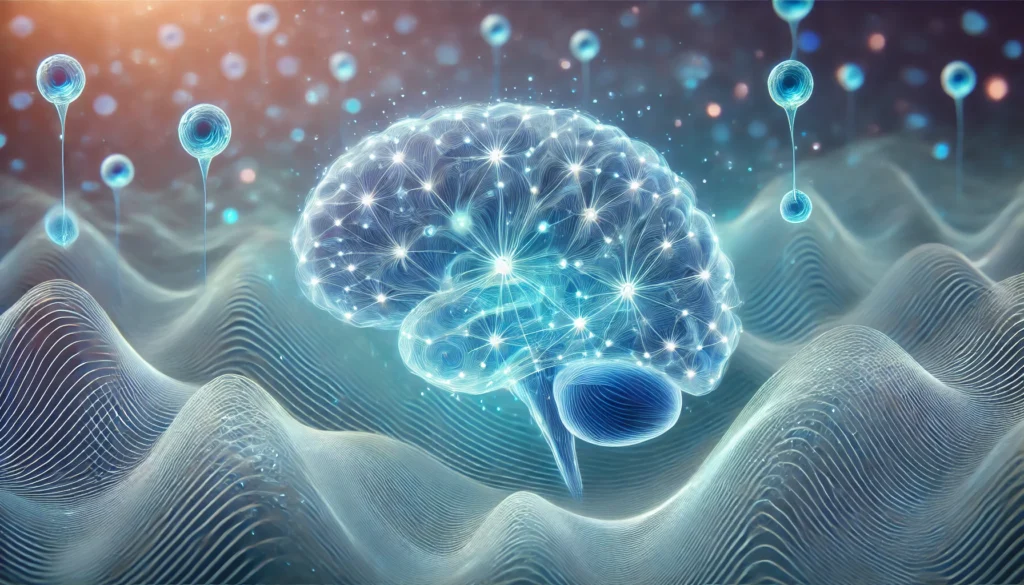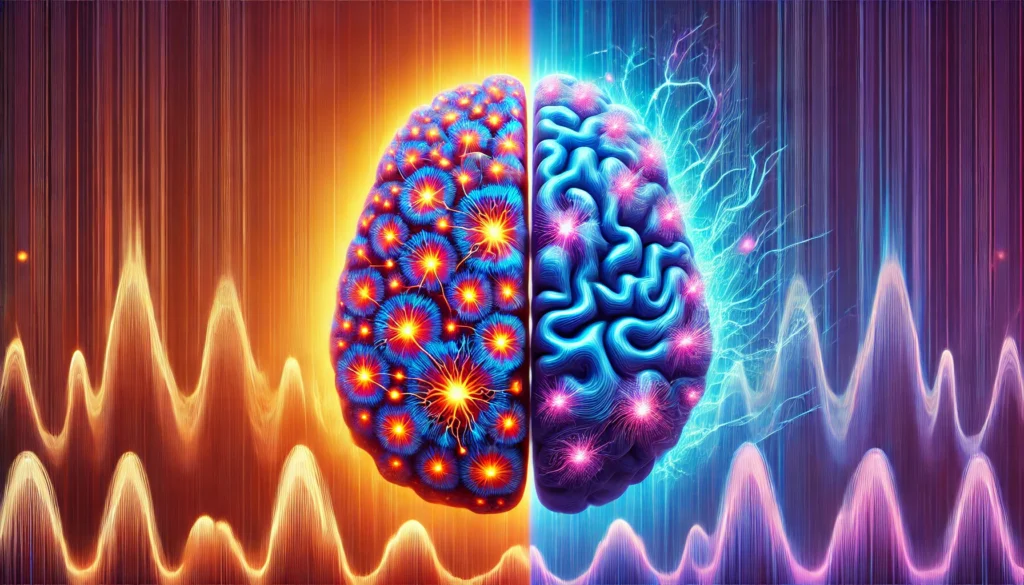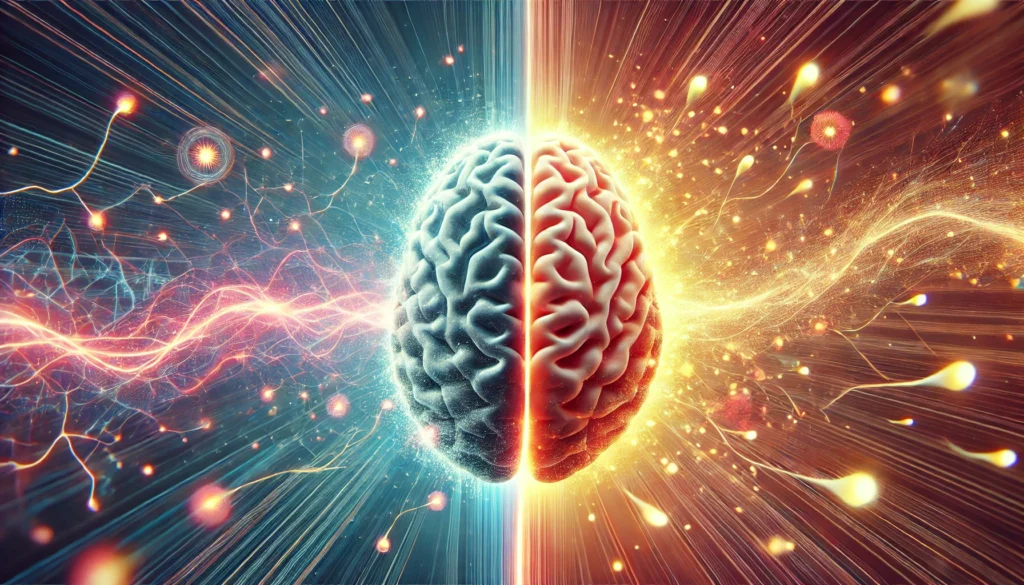Adderall is a central nervous system stimulant composed of amphetamine salts. It is primarily prescribed to treat ADHD and narcolepsy, working by increasing the levels of dopamine and norepinephrine in the brain. These neurotransmitters enhance focus, attention, and energy levels, which can be particularly beneficial for individuals struggling with ADHD.
Mechanism of Action
Adderall’s effectiveness stems from its ability to enhance synaptic release of excitatory neurotransmitters. By blocking the reuptake of dopamine and norepinephrine, Adderall increases their availability in the synaptic cleft, leading to prolonged stimulant effects. This heightened synaptic activity facilitates improved concentration and reduces impulsivity in ADHD patients.
Clinical Benefits and Uses
Beyond ADHD, Adderall is also used in treating narcolepsy, a disorder characterized by excessive daytime sleepiness. The medication’s stimulant properties help maintain wakefulness and alertness. Furthermore, in some off-label uses, Adderall has been prescribed for treatment-resistant depression, highlighting its broader applications in mental health.
Potential Side Effects
While Adderall can be effective, it is not without side effects. Some users experience anxiety, insomnia, and increased heart rate. This is where understanding its interaction with other neurotransmitters like GABA becomes crucial. Long-term use can also lead to dependency and tolerance, necessitating careful monitoring by healthcare professionals.
You May Also Like: Top Brain Health Product Brands Reviewed
The Role of GABA in the Brain
GABA is the primary inhibitory neurotransmitter in the brain, crucial for reducing neuronal excitability throughout the nervous system. It functions as a natural tranquilizer, helping to regulate mood and anxiety and promote relaxation. Its calming effects can counterbalance the stimulating effects of medications like Adderall.
GABA’s Neurotransmission Process
GABA works by binding to its receptors in the brain, primarily GABA_A and GABA_B receptors, which open ion channels to allow the influx of negatively charged ions. This action hyperpolarizes neurons, making them less likely to fire, thereby exerting a calming effect on the brain’s activity. This process is fundamental in maintaining brain homeostasis.
Impact on Mental Health
The regulation of GABA is vital for mental health, as its imbalance can lead to conditions such as anxiety and depression. Adequate GABA levels contribute to emotional stability and resilience against stress. Its calming influence is also beneficial in managing panic disorders and sleep disturbances, reinforcing its importance in therapeutic interventions.
GABA in Stress and Anxiety Management
GABA’s inhibitory function makes it a target for medications aimed at treating anxiety and insomnia. Benzodiazepines, for instance, enhance GABA’s effects, promoting relaxation and reducing anxiety. This mechanism underscores the therapeutic potential of modulating GABAergic activity in stress-related disorders.

Adderall and GABA: An Intricate Interaction
The interaction between Adderall and GABA is a topic of ongoing research and debate. Adderall’s primary action is to stimulate the release of excitatory neurotransmitters, potentially leading to an imbalance if GABA levels are not adequately regulated.
Balancing Stimulation with Calm
In the context of ADHD treatment, maintaining a balance between excitation from Adderall and inhibition from GABA is vital for optimal cognitive function. When the scales tip too far in favor of stimulation, individuals may experience heightened anxiety and restlessness. Conversely, adequate GABA levels can promote calmness, aiding in managing any overstimulation caused by Adderall.
Understanding this balance is crucial for optimizing treatment outcomes. Healthcare providers must assess each individual’s neurochemical profile to tailor interventions that harmonize the effects of Adderall with GABA’s calming properties. This personalized approach can enhance therapeutic efficacy and minimize side effects.
Mechanisms of Interaction
Adderall and GABA may interact through complex pathways involving neurotransmitter modulation. Adderall’s enhancement of dopamine and norepinephrine can indirectly affect GABAergic neurons, altering their inhibitory capacity. This interaction may influence mood regulation and anxiety levels, necessitating a nuanced understanding of these mechanisms for effective treatment planning.
The Potential for Supplementation
For those exploring supplementation, selecting the best GABA supplement for ADHD may provide additional support in managing symptoms. GABA supplements can potentially enhance the calming effects in the brain, offsetting some of the overstimulation from Adderall. However, it’s crucial to consult with a healthcare professional before starting any new supplement regimen, especially when medications like Adderall are involved.
Risks and Considerations
While GABA supplementation can be beneficial, it is essential to consider the dosage and individual response. Excessive GABA intake may lead to drowsiness or impair cognitive function, counteracting the benefits of Adderall. Therefore, finding the right balance is key, and professional guidance is indispensable in this process.

Practical Implications for Health and Wellness
Understanding the interplay between Adderall and GABA offers valuable insights for health and wellness coaches, science journalists, and biohackers alike.
For Health and Wellness Coaches
Providing clients with a comprehensive understanding of how medications like Adderall interact with neurotransmitters can empower them to make informed decisions about their mental health strategies. Coaches can guide their clients in exploring natural approaches to balance brain chemistry, such as lifestyle changes, dietary adjustments, and mindfulness practices alongside their medication.
Coaches can also play a pivotal role in educating clients about the significance of neurotransmitter balance. By fostering awareness, they enable clients to recognize early signs of imbalance and take proactive measures to restore equilibrium. This holistic approach can enhance mental well-being and improve adherence to prescribed treatments.
For Science Journalists
Translating complex interactions into engaging narratives allows for a broader audience to appreciate the nuances of brain chemistry. Highlighting current trends in ADHD treatment and the role of neurotransmitters can offer readers a deeper understanding of mental health.
Journalists have the opportunity to demystify the science behind Adderall and GABA interactions, making it accessible to the general public. By presenting case studies and expert opinions, they can illuminate the real-world implications of these interactions, fostering a more informed and empathetic public discourse on mental health issues.
For Biohackers
Biohackers can leverage this knowledge to optimize mental performance by balancing stimulant use with inhibitory support. Understanding the potential of GABA supplementation can be a valuable tool in their quest for cognitive enhancement.
Biohackers often experiment with various supplements and lifestyle modifications to achieve peak mental performance. By incorporating GABA support into their regimens, they can potentially enhance focus and reduce anxiety, creating a more conducive environment for cognitive achievement. However, careful experimentation and monitoring are essential to avoid unintended consequences.

Future Directions in Research
The interaction between Adderall and GABA is ripe for further research. As our understanding of brain chemistry deepens, new therapeutic strategies and supplements may emerge to enhance the efficacy and safety of ADHD treatments.
Emerging Trends
Current trends indicate a growing interest in personalized medicine, where treatments are tailored to an individual’s unique genetic and neurochemical profile. This approach could lead to more precise recommendations for balancing neurotransmitter levels, potentially improving outcomes for those using Adderall.
Personalized medicine holds the promise of revolutionizing ADHD treatment by accounting for genetic variations that influence neurotransmitter activity. This could pave the way for customized medication regimens that optimize therapeutic benefits while minimizing side effects, offering a more patient-centric approach to mental health care.
The Role of Nootropics
Nootropics, or cognitive enhancers, are another area of interest. These substances aim to improve cognitive function, and their interaction with medications like Adderall warrants exploration. The potential of nootropic supplements to modulate GABAergic activity could represent a promising avenue for enhancing mental acuity and focus in conjunction with traditional ADHD treatments.
Research into nootropics could uncover novel compounds that synergize with Adderall, amplifying its cognitive benefits without exacerbating side effects. This exploration could lead to new formulations that harness the power of both stimulants and GABA modulators, offering a balanced approach to cognitive enhancement.
Advancements in Neuropharmacology
Advancements in neuropharmacology continue to shed light on the intricate mechanisms governing neurotransmitter interactions. As researchers develop more sophisticated models of brain function, new insights into the Adderall-GABA relationship may emerge. These discoveries could inform the development of next-generation treatments that offer improved efficacy and safety profiles.
Conclusion
The interaction between Adderall and GABA presents a compelling example of the complexities inherent in neuropharmacology. By understanding these interactions, individuals can make more informed decisions about their mental health strategies, potentially enhancing their overall well-being.
As research continues to evolve, staying informed about new developments will be key for those seeking to optimize their cognitive health through medication and supplementation. Whether you’re a health and wellness coach, science journalist, or biohacker, understanding these interactions can guide you in providing valuable insights into mental health management.
By weaving historical context, current trends, and future implications into this narrative, we hope to provide a comprehensive overview that is both informative and thought-provoking. The journey towards optimal mental health is ongoing, and staying abreast of scientific advancements will empower individuals to navigate the intricate landscape of brain chemistry with confidence and clarity.
Further Reading:
Gamma-Aminobutyric Acid (GABA)
Two types of drugs you may want to avoid for the sake of your brain
The role of the GABA system in amphetamine-type stimulant use disorders
Important Note: The information contained in this article is for general informational purposes only, and should not be construed as health or medical advice, nor is it intended to diagnose, prevent, treat, or cure any disease or health condition. Before embarking on any diet, fitness regimen, or program of nutritional supplementation, it is advisable to consult your healthcare professional in order to determine its safety and probable efficacy in terms of your individual state of health.
Regarding Nutritional Supplements Or Other Non-Prescription Health Products: If any nutritional supplements or other non-prescription health products are mentioned in the foregoing article, any claims or statements made about them have not been evaluated by the U.S. Food and Drug Administration, and such nutritional supplements or other health products are not intended to diagnose, treat, cure, or prevent any disease.


